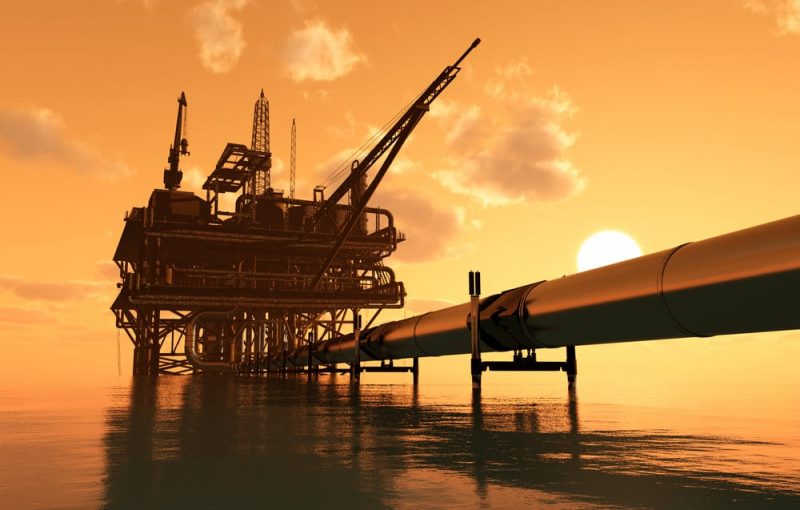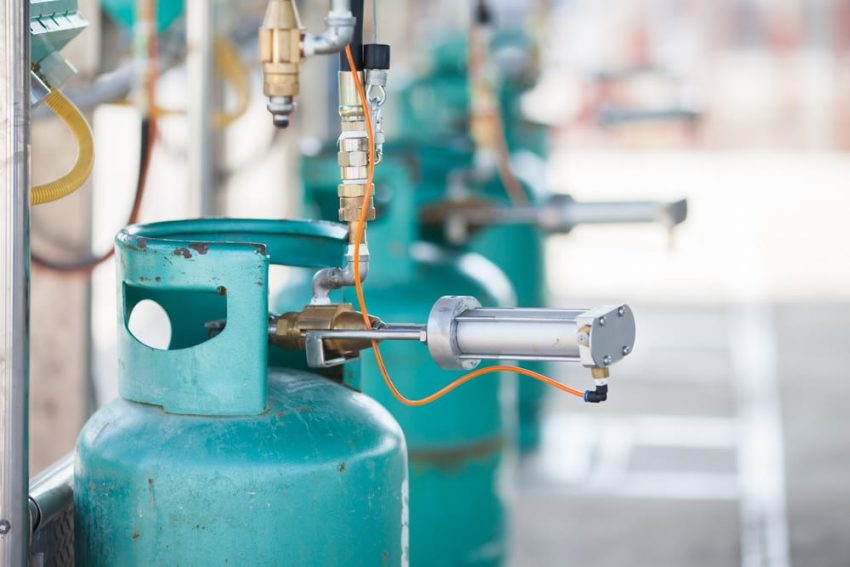The fuels They are materials (in solid, liquid or gaseous state) that when reacting with other substances produce energy, light or heat. For instance: coal or natural gas.
Each fuel generates a different level of energy, light or heat depending on its chemical composition. exist natural fuels, which are in nature (for example: timber) and artificial fuels, which are man-made (for example: the gas).
All fuels (whether artificial or natural) start burning when they reach a certain temperature (initiation temperature). After reaching and sustaining the initiation temperature, fuels give off an energy (which means that they start to burn) called “calorific value” and is measured in joules per kilogram.
In order to release energy, a fuel must have some suitable physical conditions, such as time, temperature or pressure.
Fuels meet a great variety of functions within the daily life of every individual. They are used to generate electricity, heat rooms, heat water or other substances, propel motors, among many other functions.

Natural fuels
The natural fuels They are those that are in nature and that the human being uses to obtain the energy of its combustion. Natural fuels can be in all three states:
- Solid fuels. Like coal, wood and natural peat.
- Liquid fuels. Like oil.
- Gaseous fuels. Like natural gas.
Many of the natural fuels are fossil fuels, that is, they constitute organic compounds that are found in the soil and that have already been fossilized (such as remains of living beings or organic waste, such as fecal matter, urine or decomposition of bodies) and serve as fuels.
Examples of natural fuels
| Firewood | Peat |
| Coal | Anthracite |
| Agricultural residuals | Natural gas |
| Petroleum | Wood |
Artificial fuels

The artificial fuels (or synthetics) are those that the human being obtains when a natural fuel modifies or intervenes so that the energy it gives off is greater and can be used for some purpose.
Examples of artificial fuels are: gasoline (diesel or diesel), oils (such as tar oil), kerosene (or kerosene), gases such as butane, among others.
Among artificial fuels are biofuels or biofuels, which are derived from biomass, that is, fuel is made from organic matter. Some of the most widely used biofuels are biodiesel and biogas.
Examples of artificial fuels
| Butane | Gasoline |
| Dimethyl ether | Methanol |
| Biogas | Propane |
| Diesel oil | Kerosene |
| Liquefied petroleum gases (LPG) | Ethanol |
| Fuel oil | Vegetable oil |
| Aviation fuel | Biodiesel |
